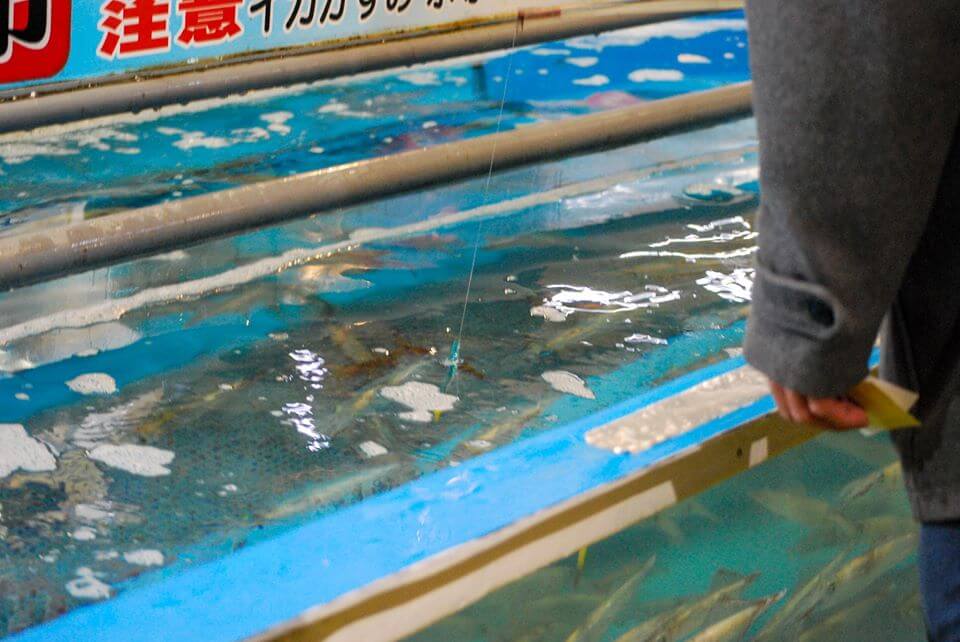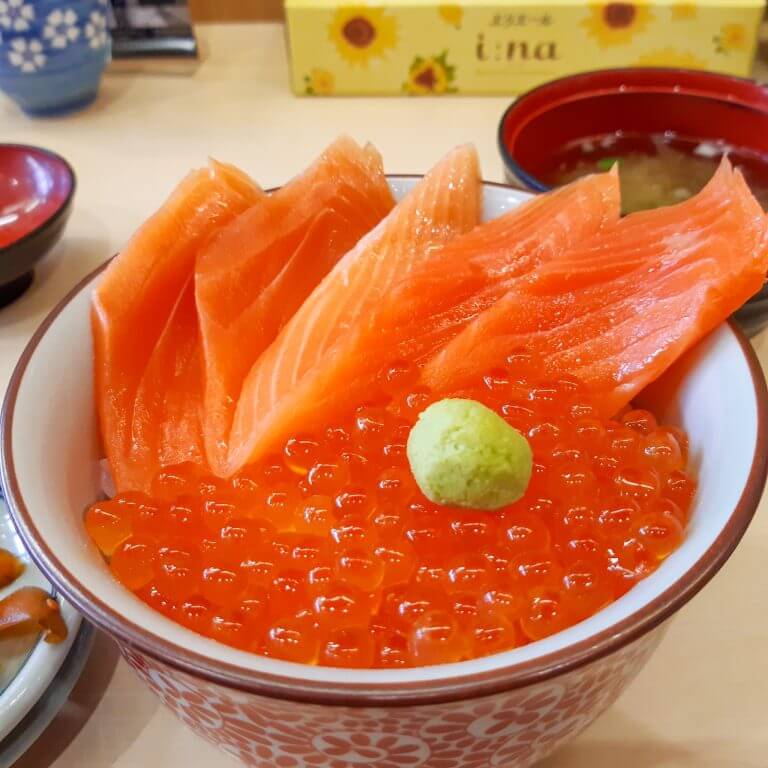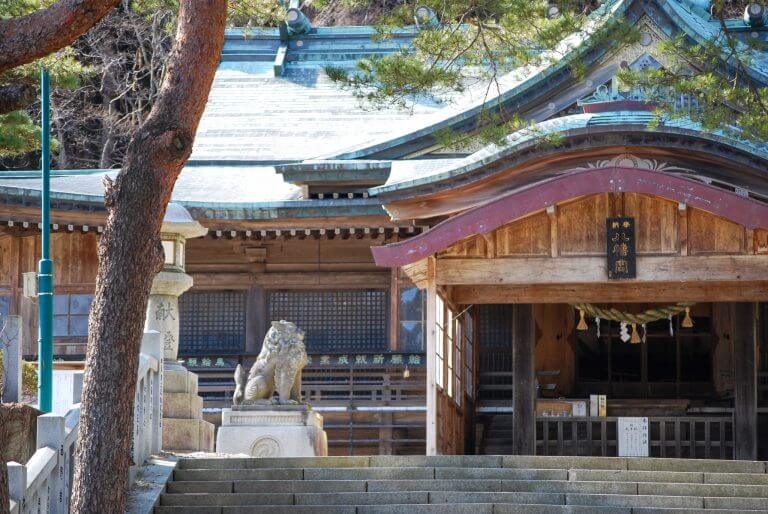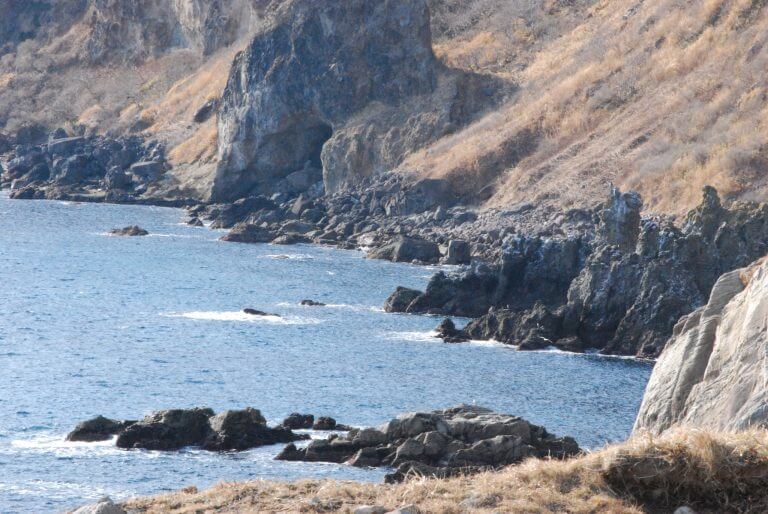Itinerary
Hakodate Morning Market -> Hachiman Shrine / Cape Tachimachi -> Café in Town -> Motomachi -> Mt. Hakodate
About Hakodate
A charming port town with plenty to see and do, Hakodate is worth a visit at any time of year. Notable seasonal events include Hakodate’s Christmas Fantasy, in which a large Christmas tree is lit up in the bay area for a month in December, during which time fireworks are released every night. The winter season also sees Goryokaku park lit up, with special night viewings at the Goryokaku tower, allowing visitors to see the outline of the entire star-shaped fort glowing against a background of pure white snow. Not just a winter attraction, Goroykaku is also very popular in the Spring for its cherry blossoms, and in Autumn when the fort is adorned with the red of Autumn leaves.
As one of the first ports of Japan to open to trade with western countries in 1859 Hakodate is the birthplace of “High-colour” culture-a unique mix of Japanese and western culture, the influences of which can still be felt to this day as you stroll past the fascinating assortment of western and Japanese architecture around the Motomachi area, or take a ride on the retro tram which runs through the center of town. Also, Japanese history buffs from near and far are sure to be delighted by Hakodate, as the city became the site of the final battle between the last few supporters of the old Japanese shogunate and the modern Meiji government; a piece of history which Hakodate proudly displays at historical monuments such as the star-shaped Fort Goryokaku, as well as through a variety of cutesy (arguably slightly too cutesy) samurai-themed goods (looking at you, Goryokaku’s shinsengumi soft serve!).
To truly soak up the unique atmosphere of Hakodate, I would highly recommend planning to spend at least two days and one night in the city, allowing you time to see many of the cities’ highlights, along with the time to explore slightly further afield, for example, the picturesque Onuma National Park, which is only a stone’s throw from the city center. I’d like to share a comprehensive example itinerary that can be easily adapted to suit a variety of interests.
Getting There
Located in the south of Hokkaido, many visitors, particularly those traveling on a JR Railpass, will want to make a stop off at Hokkaido’s third-largest city of Hakodate. Historically the “gateway to Hokkaido”, to this day Hakodate’s connection to mainland Japan via the bullet train makes this the perfect start to your Hokkaido adventure! Less than an hour’s flight from Tokyo, Hakodate also has its own airport; with several airlines running frequent flights between Tokyo and Hakodate every day, for those not traveling on a JR Railpass, this could be the cheapest and most convenient way to access the city. Traveling to Hakodate from Sapporo couldn’t be easier via the Limited Express Super Hokuto, which runs frequently between the two cities; the view from the train window as you travel along the coast is absolutely stunning, so make sure that you have your camera to hand!

Hakodate Morning Market
Catch your own lunch at Hakodate Morning Market!
Conveniently located only a few minutes’-walk from JR Hakodate Station, Hakodate morning market should be your first stop for breakfast or an early lunch before moving on exploring the town. Jam-packed with more varieties of raw-fish rice bowls than you could imagine, the Morning Market’s Donburi Yokocho is worth a look for both serious gourmet-hunters and beginners to Japanese cuisine alike. For the adventurous, the rather novel Ika Odori Don (Dancing Squid), which comes topped with an entire squid, so fresh that it appears to “dance” when dipped in soy sauce may make for an interesting experience-though definitely not for the faint of heart! Check out some videos on Youtube and you’ll see what I mean! To try out some really fresh squid without the danger of your meal making a bid for freedom, it is also possible to catch your own squid and have it prepared right in front of you-seafood doesn’t get much fresher than this! If raw fish doesn’t take your fancy, no worries! Many of the stores offer a wide selection of cooked set meals as well, so have a look around and see if anything takes your fancy. For dessert you will also find a selection of fresh fruits on sale in the market; Hokkaido’s Yubari region is well known across Japan for its seriously tasty melon produce, so trying out a slice of Yubari melon is highly recommended!
https://www.uu-hokkaido.com/corporate/hakodate-asaichi.shtml
Hachiman Shrine and Cape Tachimachi
Discover Hachiman Shrine and Cape Tachimachi.
Although not commonly frequented by many visitors from abroad, these two locations are hidden gems that offer a moment of peace away from the hustle and bustle of the city.
Hachiman Shrine, Hakodate’s largest shrine, sits on a hill only a short walk away from the last stop on the tram line. In Shintoism, Hachiman is often considered the divine protector of Japan and was popularly worshipped by samurai in the past. Today there are many Hachiman shrines across Japan. You may notice that the omamori charms on sale here feature pigeons; this is because the pigeon or dove is a messenger of Hachiman! Not far from the Hachiman shrine is Cape Tachimachi, which offers stunning views of the coast. This is also a great spot for birdwatching, although the wind can be a bit chilly, so be sure to take a coat!
https://www.hakodate.travel/en/sightseeing_spots/shrine-temple-church/hakodate-hachimangu-shrine
https://www.hakodate.travel/en/sightseeing_spots/view/cape-tachimachi
Retro café in town
Take in the nostalgic atmosphere in one of Hokkaido’s many retro-style cafes.
Hop on the tram back to the center of town, where you will find countless cafes at which to take a coffee and cake break. Many of Hakodate’s cafes are based in renovated buildings, many of which date back to the 19th century, which accounts for their charming retro vibe. All kinds of historical artifacts and curiosities are to be found in Hakodate’s cafes, so it’s worth exploring a few to find your favorite!
Motomachi area
Explore the scenic Motomachi area, lit up at night.
As one of the first ports in Japan to open up to Western trade after a long period of relative seclusion, Hakodate soon became inundated with a host of different churches and foreign residencies, leading to the creation of the Motomachi area, which is filled with a fascinating array of western-style buildings featuring architectural styles from across Europe, the likes of which can be seen only in a very few locations across Japan. This is Japan, but not as you know it-a walk down Motomachi’s Hachiman-Zaka Slope will leave you feeling like you’ve entered a whole other world! At night the streets and buildings are lit up, creating a warm and romantic atmosphere!
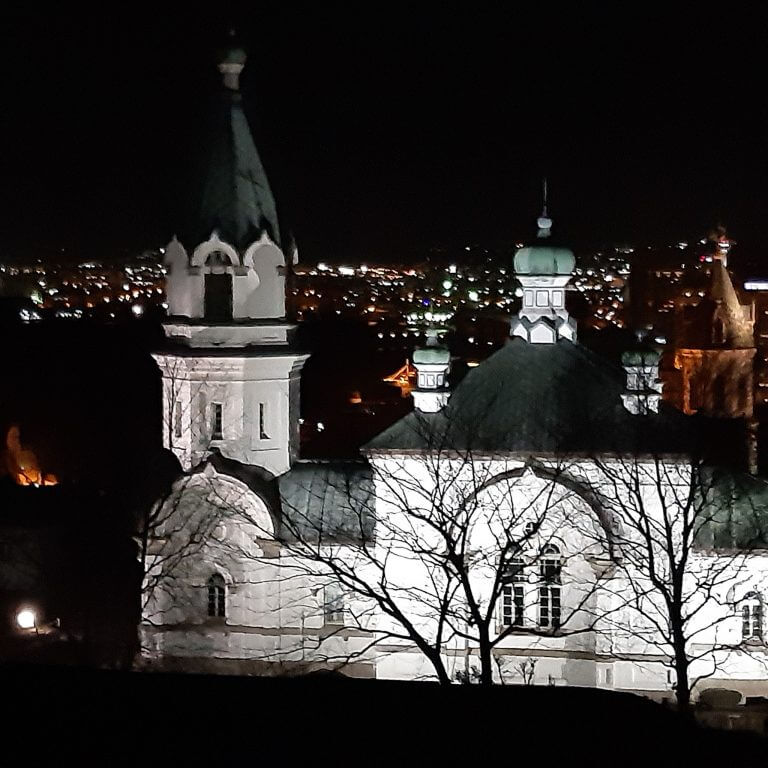
Mt. Hakodate
Take the ropeway up to the top of Mount Hakodate to admire a million yen view!
Ranking alongside Nagasaki and Kobe as one of Japan’s best night views, if there’s one attraction which you simply can’t miss in Hakodate, that’s surely the view of the city lights glistening at night from the top of Mt. Hakodate! Take the ropeway up the mountain to the observatory, which offers a perfect view of the entire city set glowing against the background of the night sky. The iconic hourglass shape of Hakodate’s night view is evidence of Hakodate’s intriguing geographic history; the area was once an island, which became connected to the mainland by a sandbar which built up over time! The Mt. Hakodate ropeway facilities are pretty geared up to accommodate the large numbers of visitors who come to catch a glimpse of the beautiful view. At the top of the ropeway, you will find a large gift shop and two restaurants as well as vending machines and toilet facilities, so you could spend several hours here if you want, soaking up the atmosphere and getting that perfect night-view shot!
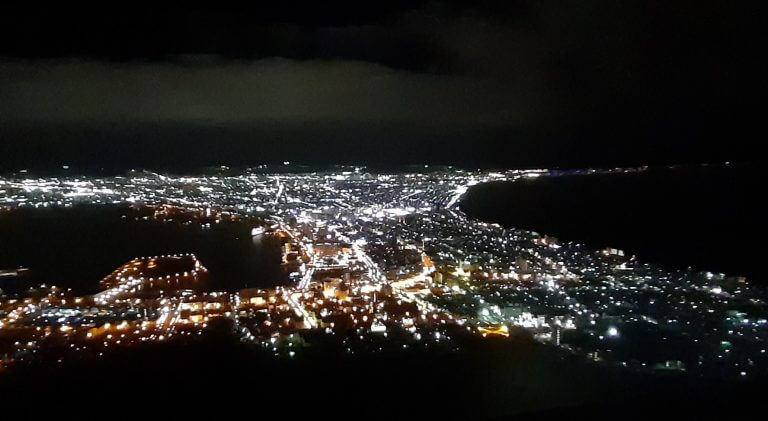
Soup Curry
Try soup curry, a warming Hokkaido staple!
Mount Hakodate’s observation deck can get a bit chilly at night, so why not take the opportunity to try out one of Hokkaido’s signature dishes: soup curry! Hokkaido’s soup curry shops tend to offer a large selection of different flavors such as veggie, meat, or seafood; it is usually possible to add extra toppings as well, meaning that this meal is suitable for a large range of tastes. For vegetarian visitors this is a very good choice as most stores offer a vegetable curry; it’s also a great opportunity to try some of the fresh vegetables that Hokkaido is (understandably) very proud of! When you order soup curry in Hokkaido you usually get a choice of “spice level” from 1-10, with 1-3 being the average Japanese curry level of spice, 4-5 being fairly spicy, many people tend to shy away from 6 and above. Obviously spice level is rather subjective, but visitors from countries where eating spicy food is more common may wish to opt for a slightly higher number to avoid disappointment.

This concludes the first day of my weekend in Hakodate! Stay tuned for part 2, which will be published shortly!
 Play
PlayUseful links
JR Rail: https://www.jrhokkaido.co.jp/global/index.html
Travel Hakodate: https://www.hakodate.travel/en/
Mt. Hakodate Ropeway: https://334.co.jp/en/
Author: Phoenix Scotney, Co-ordinator of International Relations at Hokkaido Tourism Organization.
